Outdoor Air Quality
Zip Code:
Did you know that the air inside your home can be 2-5x more polluted than the air outside? According to
the EPA,
poor ventilation is a big factor. When there's not enough fresh outdoor air circulating inside,
pollutants from indoor sources can build up. High temperatures and humidity can make this even worse by
increasing the concentration of some pollutants.
Everyday household items contribute to indoor pollution, too. Cleaning products, gas stoves, air
fresheners, and even furniture can release pollutants into the air. Things like pets, dust, mold,
carpet, and wood stains can also add to the problem, making indoor air quality more challenging to
manage.
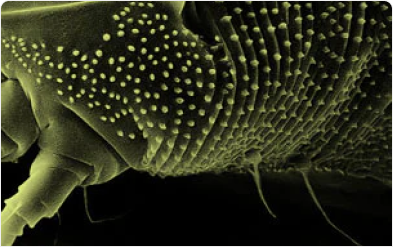
Found in:
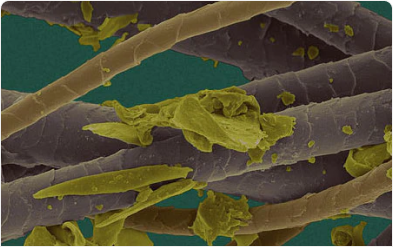
Found on:
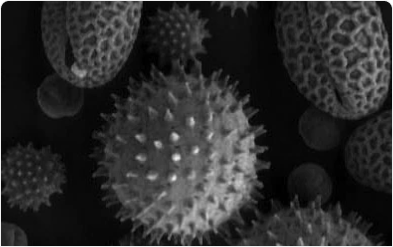
Found in:
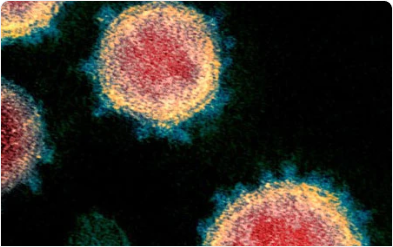
Results of:
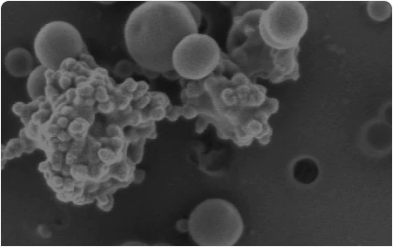
Created by:
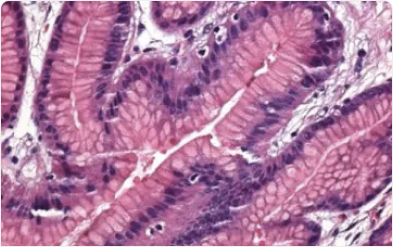
Found in:
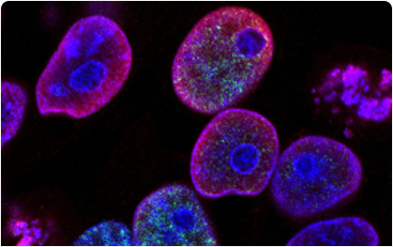
Found in:
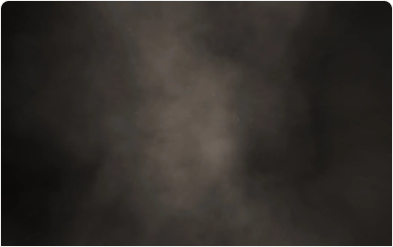
Caused by:

Found in:
Air purifiers can filter out 99.99% of all the particles that you don’t want to breathe in, before they reach your lungs.
YOUR RECOMMENDATION:
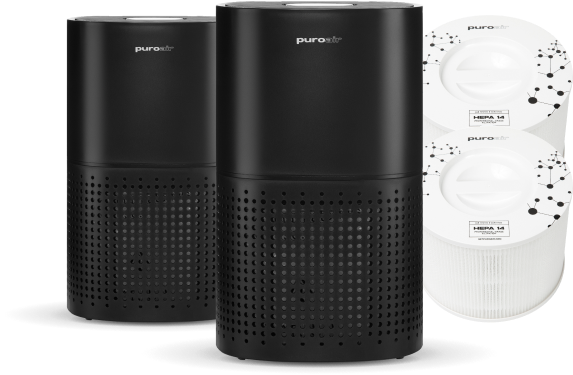
2 purifiers to maximize your air quality throughout your home.

$269 off and includes two filters

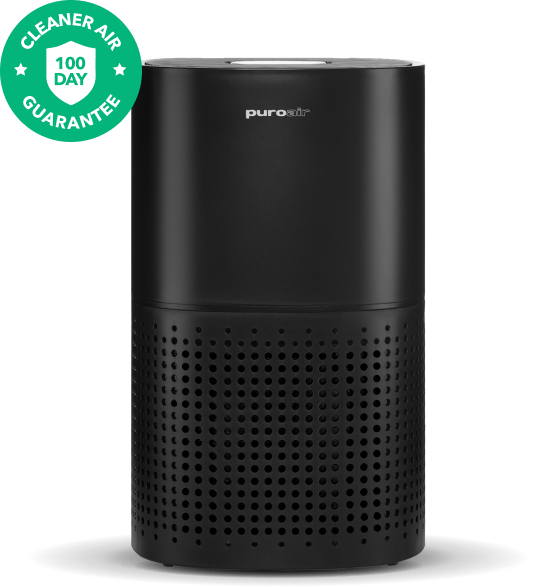
We're absolutely confident that you'll adore your PuroAir! With our science-backed air purifiers and medical-grade filters, we assure you that your home or office's air quality will be noticeably cleaner. And if by any chance you're not completely satisfied, we'll refund your money hassle-free. No questions asked! So, breathe easy knowing you're in good hands with PuroAir.

“In testing, we saw the PuroAir perform as one of the best filters available”

“A hospital-grade air purifier that's a fraction of the cost”

“Highly effective at removing smoke and airborne particles emitted from wildfires”
The Air Quality Index (AQI) is a tool used to communicate how polluted the air currently is or how polluted it is forecasted to become. It transforms complex air quality data into a simple, color-coded scale ranging from 0 to 500, where higher values indicate higher levels of pollution and greater health concerns.
Here's a quick breakdown of the AQI categories:
The AQI takes into account five major air pollutants regulated by the Clean Air Act: ground-level ozone, particulate matter, carbon monoxide, sulfur dioxide, and nitrogen dioxide. This index helps people understand what local air quality means to their health, enabling them to take appropriate actions to protect themselves when necessary.
HEPA technology represents one of the highest standards in air filtration. HEPA stands for High-Efficiency Particulate Air, and filters labeled as HEPA are part of the most effective class in the HEPA filter family. These filters can capture up to 99.99% of airborne particles as small as 0.1 microns, which includes dust, pollen, mold, bacteria, and even some viruses.
Here’s what makes HEPA filters stand out:
In summary, HEPA technology is a top-tier filtration solution, providing exceptional air purification by removing almost all microscopic particles, thus ensuring a cleaner and safer environment.
Poor air quality can have a significant impact on your health, affecting both short-term and long-term well-being. Here's how:
Short-Term Effects:
Long-Term Effects:
Protecting yourself from poor air quality involves staying informed about local air quality levels, reducing outdoor activities when pollution levels are high, and using air purifiers indoors. By taking these steps, you can minimize the health risks associated with poor air quality.
Setting up your PuroAir air purifier in the right location is key to maximizing its effectiveness and ensuring you breathe cleaner air. Here are some tips on where to place your PuroAir for the best results:
Ideal Locations:
Placement Tips:
By strategically placing your PuroAir, you can ensure it operates at peak efficiency, providing you with the clean, fresh air you need to stay healthy and comfortable.
All PuroAir units clean the air in 67 minutes or less when its placed in a space that is the appropriate size or smaller. For the PuroAir 240, it works best in spaces 1,115 sq ft or less, and for the PuroAir 400 it works best in spaces 2,145 sq ft or less. The specific time it takes for your PuroAir to clean the air in your space depends on a few factors, such as the size of the room, and the level of air pollution. Here’s a general idea of what to expect:
Room Size:
Air Quality:
Continuous Operation:
To maintain optimal air quality, it’s a good idea to leave your PuroAir running continuously on a low or medium setting. This ensures that the air remains clean and reduces the need for rapid purification cycles.
By considering these factors, you can get a better estimate of how long your PuroAir will take to clean the air in your space, ensuring you enjoy fresh, healthy air throughout your home.
The indoor air quality estimates provided here are based on outdoor air pollution levels and a simplified multiplier. Please note the following: